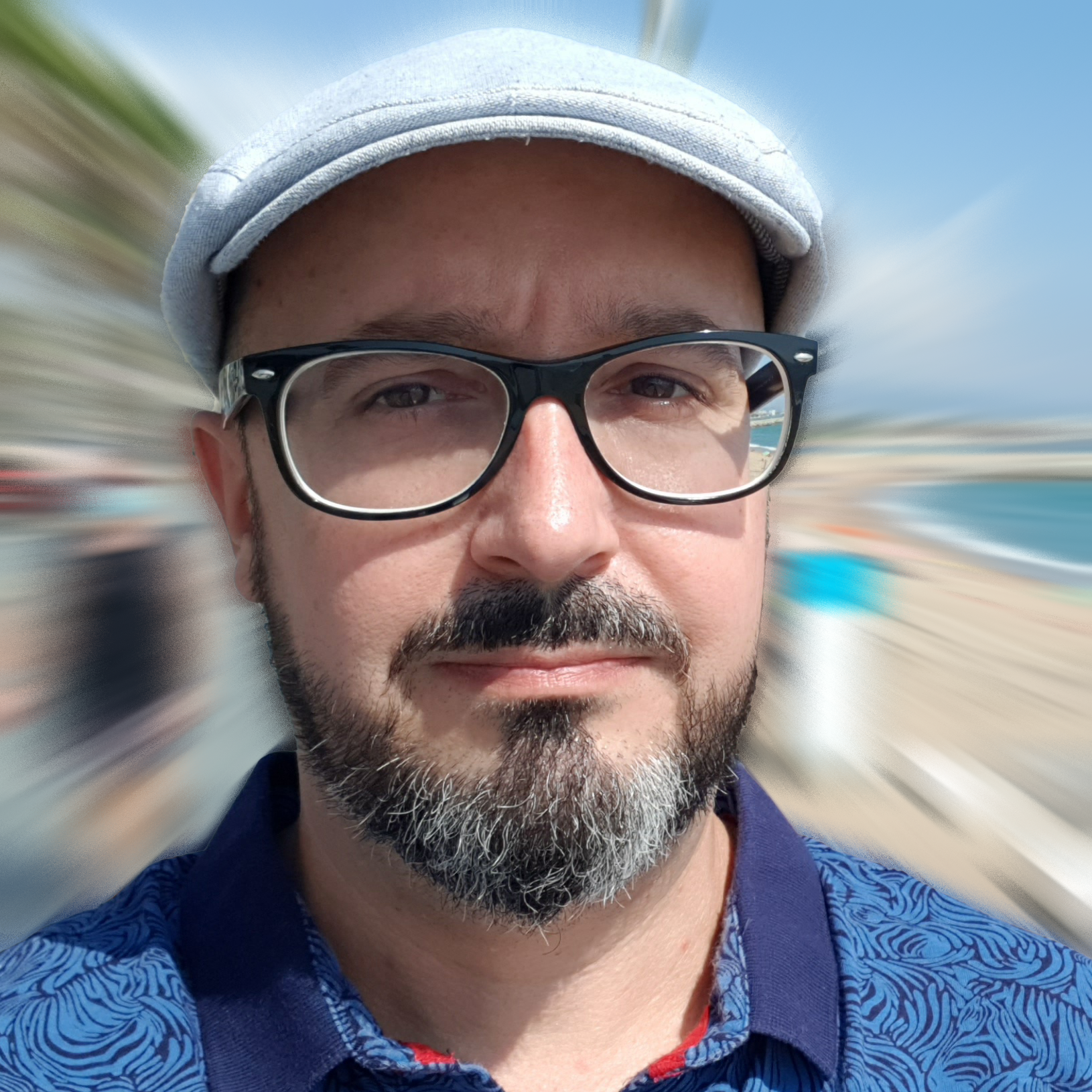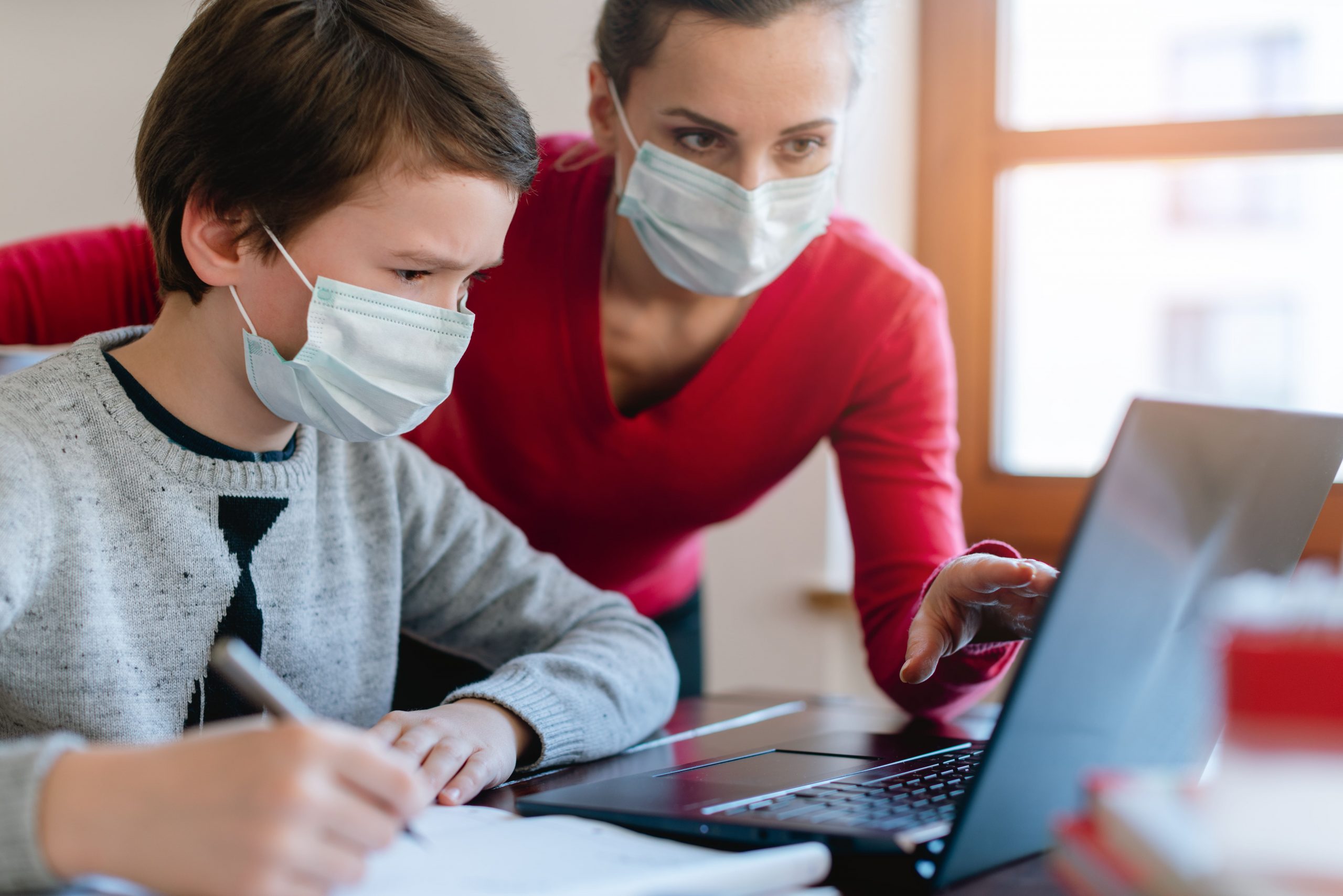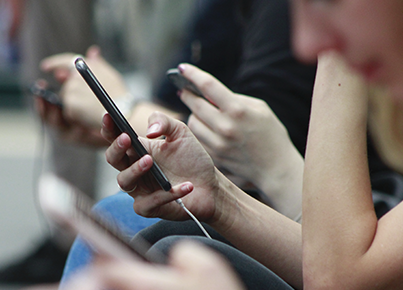With whom we learn in the digital world
-
New learning opportunities and new digital divides.
We are living in a historical moment where it is easier to learn practically anything: how to make a cooking recipe, how to play a musical instrument, how to speak a foreign language. This is mainly because technology helps us access different kinds of information (in multiple languages and platforms), build knowledge, and share it with the rest of the world. And we are not learning alone. Social technologies are increasingly present in our society and they offer new possibilities to live learning, communication, and culture.
Every technological advance within our reach offers new opportunities, creating a new culture around it. Applications, software, and their growing accessibility make a long-time dream of many educators’ possible: to facilitate personalized learning and to develop it both at a social and networking level. Also collectives with intellectual or physical disabilities, have now more opportunities to be connected and learn together.
Digital education implies developing competences that enable us, by using knowledge, to choose how we want to live culture and practice digital citizenship. There are, however, three divides that need to be counteracted, especially in the most vulnerable social groups: access divide (to have access to devices such as a cell phones, tablets, computers); use divide (to have the skills to use applications and manage content); and purpose of use divide (to make a purposeful, sovereign, and ethical use) of the digital world. We usually pay more attention to the first divide because it is the most visible one, but dealing only with it doesn’t ensure our right to a good digital education.
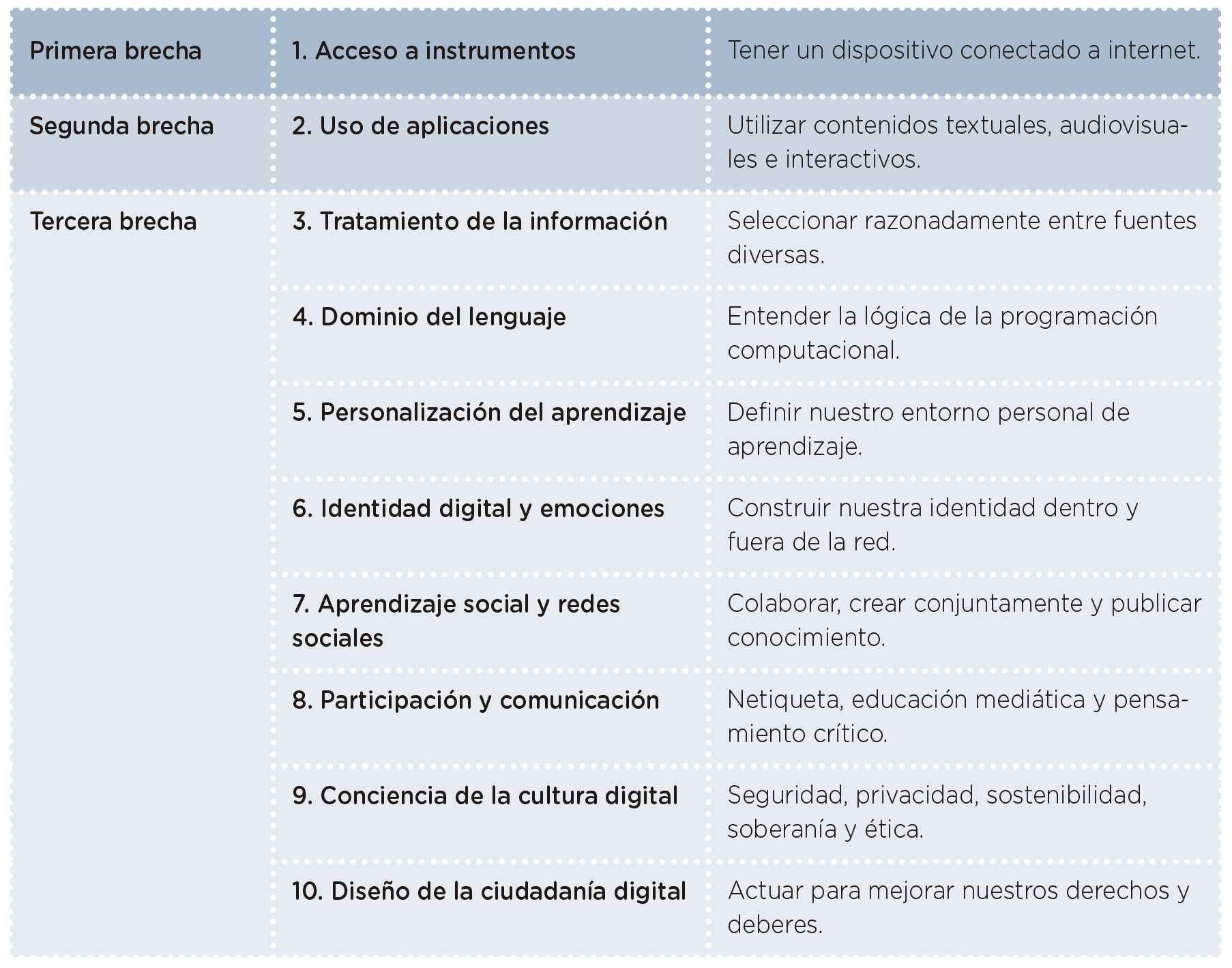
-
We learn with digital education.
Digital education, as well as its hybrid face-to-face virtual format, is applied largely at schools and high schools to help students’ development in the current society. This is not the society we adults grew up in. Nowadays we have a new communicational, relational, and cognitive ecosystem. But it’s not about choosing between books and screens: now we can educate so as to get the most out of books, screens, and the new culture resulting from that interaction. The educator must know and be familiar with these media, and the best way to achieve that is using them to share experiences, resources, and learning projects.
Faced with the possibility to access information practically every time and everywhere, we have to develop a critical ability to become active and responsible citizens, and not just information and product consumers. It is necessary to work on the treatment of information and the communicative competence in order to understand and make explicit all ideological, political, and economic interests that are implicit in the messages we send and receive. At the same time we need to know how to manage privacy (know what we are sharing), security (to avoid and deal with risky situations), and how to be critical with information, knowing its cultural and consuming values.
Students need to be able to learn how to think in the current context and to act accordingly. Although the digital medium is very rich, education is necessary to tackle elements such as fake news, cyberbullying, digital identity, hate speech, emotions in social media, sustainability, data sovereignty, and algorithmic bias. We know that this environment will be increasingly more complex with the development of quantum computing, blockchain, artificial intelligence, robotics, biotechnology, metaverses or certain social control mechanisms on platforms that are immersed in the economy of attention and vigilance.
Many youngsters have been protagonists of digital education by teaching their families how to use communicative tools like video calls. During the COVID pandemic we could witness how digital tools were used to maintain ties and to give emotional support in situations of uncertainty, anxiety, and grief. Many children saw their mothers and fathers work and parents saw their sons and daughters learn in a different way: through active learning, new interfaces, digital portfolios, collaborative methodologies, and virtual environments. Emergency remote education didn’t happen in an ideal scenario, but it seems that from now onwards we will have to coexist with a hybrid system.
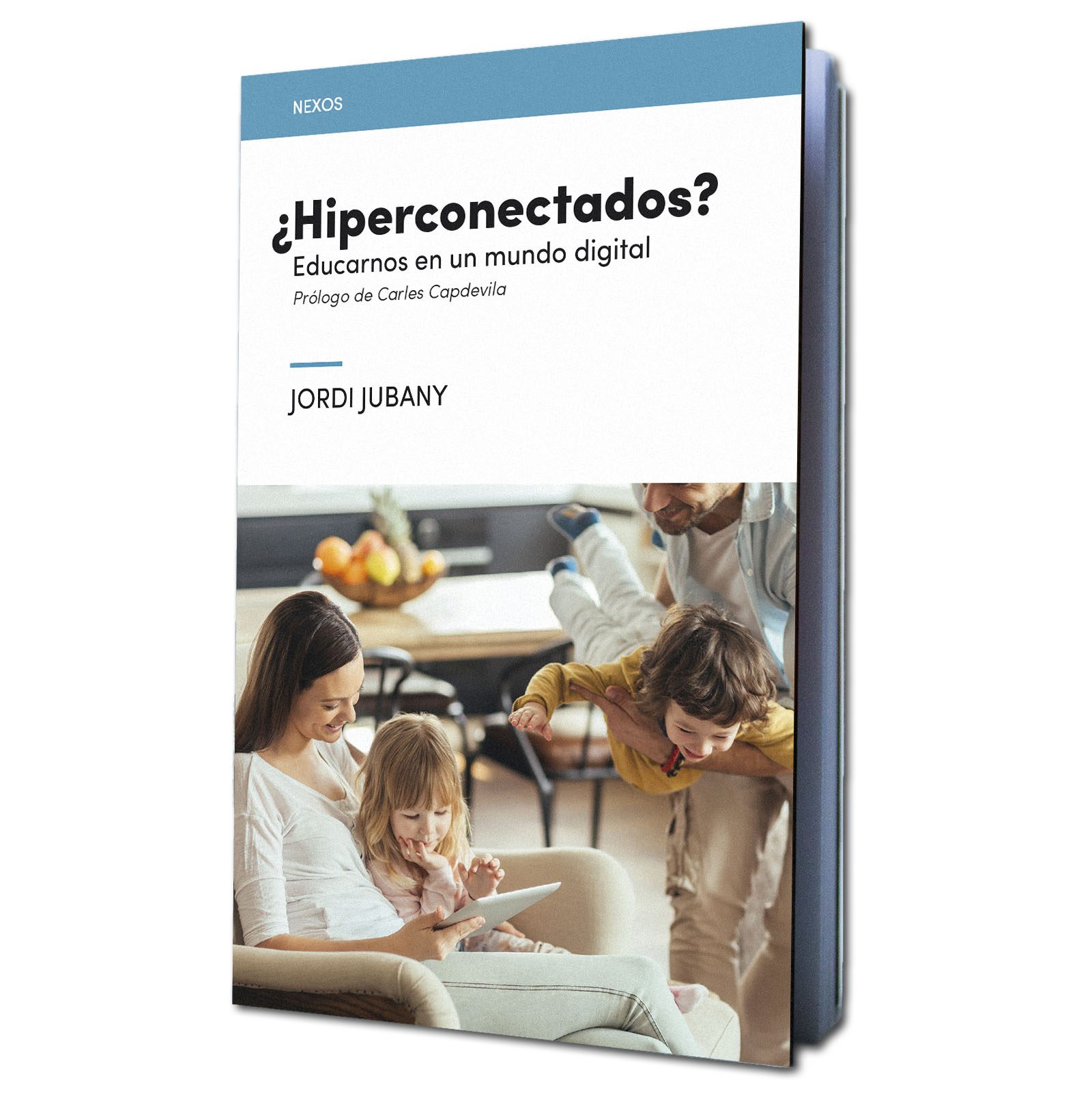
- We learn within the family environment
Consuming content doesn’t mean knowing and making a competent use of the tools we have. In fact we must help families to intergenerationally educate one another, in a natural and knowledgeable way. The traditions, habits, and values within the family environment, the place where we usually spend more time, are key elements. It is increasingly necessary to have a global vision focused on the process of education and accompaniment, and not so much on a device or specific age. Another important point to consider is the difficulty of balancing schedules, since we can’t foresee everything, and we must learn to deal with daily contingencies. In an increasingly digitized society, it is essential to educate on issues concerning connectivity as well as to learn to get offline when it’s convenient.
Considering a scenario where everything is connected, our main challenge is to achieve families’ digital literacy. That’s not an easy goal to accomplish since the digital environment is in constant change, and because in spite of the good initiatives, there is no consensus on who will lead them or carry them out. Digital literacy of families is very important because of, at least, three reasons: it empowers families when faced with digital media, it enables them to help the young ones build criteria using their knowledge, and it demands both companies and institutions an ethical, informed, and transparent use.
Families are diverse. Some of them understand their responsibility and take the time to get informed about these issues. They conduct a periodic monitoring of the inquired content or the Internet activities. They look for alternative spaces, activities, and time free from technology, respecting meal times and sleep hours. Others go to the opposite extreme, managing their children’s school homework without realizing that might be overprotective. Some families ask for miracle formulas that may help them with this management. In some cases, fear of possible dangers leads to parental prohibition. In others, inhibition makes them turn a blind eye. It’s even more complex to make the conscious choice of creating focused offline and online spaces when concerning dysfunctional families and when there aren’t any agreed criteria of technology use.
Neither prohibiting nor allowing everything. The right choice, as usual, is to educate. How can we achieve that? Sharing experiences between grown-ups and children to develop criteria. Giving them support to prevent them from being digital orphans who know how to use the tools but don’t understand their implications. Developing a healthy digital diet with reasoned rules that can be agreed and revised regularly. Working on responsible and autonomous access to the Internet, social media, touch tablets, or cell phones from early childhood. If necessary, using tools such as filters or parental control, though the best way to monitor should always be done by people.
-
We learn with our peers
Humanity is more connected than ever before. Many of our daily activities are digitized: communicating, reading, traveling, playing, learning. More precisely, many young people use the digital environment to search news, develop their creativity, live their emotions, get socially involved, and experiment and build their identity. That’s why it seems natural, and even more so in pandemic times, that they want to use the Internet to socialize with their peers.
They can take advantage of an ever-growing networked society to learn from and with others. They can meet people who will help them integrate the new formative opportunities, such as adults who are also articulating networks of interests where they collaborate to build knowledge. Young people must learn not only how to be present but also how to set up these virtual spaces so as to generate scenarios of significant learning.
How to know where they are and what they are doing? More than controlling (which is impossible), the best way is talking, being close, and trying to put into practice the elements of the following formula. If we work on these elements, which are actually very little technological, we will probably succeed. However, it is true that there is no guarantee because there are no magic formulas to educate.
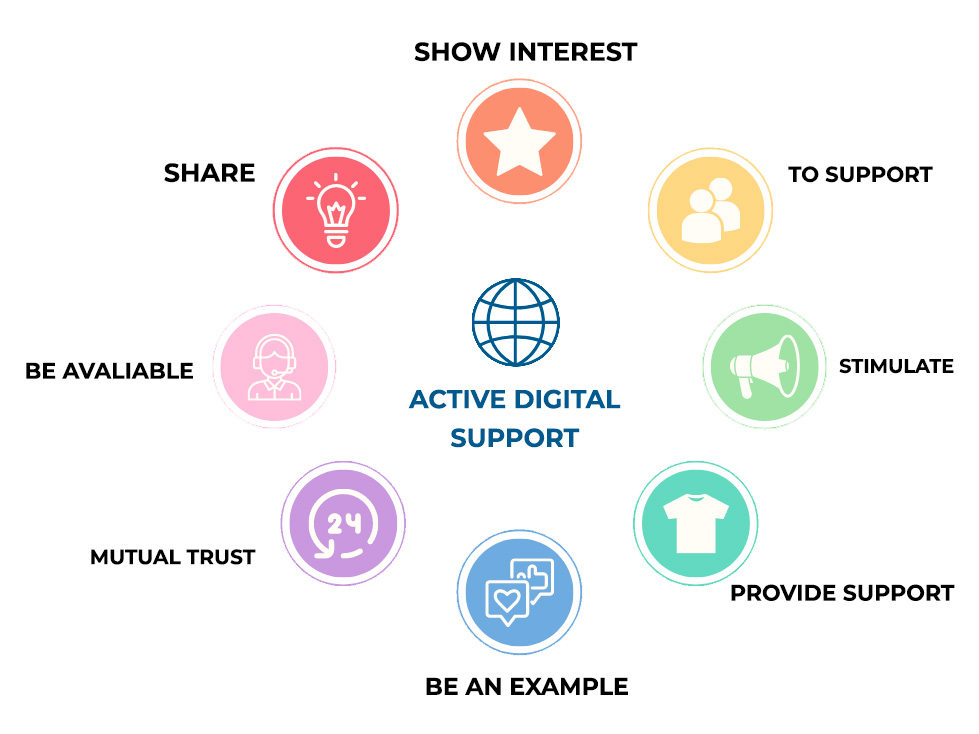
- We learn with the whole society
When problems arise, it is easier to look for external factors: the use of the Internet, the cell phone or social media; however, a bad use is sometimes a symptom that something is wrong. It’s very common to associate lonely people with the use of technologies when it is exactly the opposite. We also need to know that technologies are not neutral and their own design can influence processes, how we think, and how we feel. That is why we should get educated in this environment and get all the social agents actively involved.
As educators, we always say that “it takes a village to raise a child” when we want to highlight the importance that every member of a community has, since we are all responsible for educating, and not just those involved specifically in the education field. This includes communication media, private companies, and public institutions. Everybody is responsible for building a new social consensus which reconsiders our relation with technologies and for defining how our digital world will be.
In order to go along this path, together with the sociologist Liliana Arroyo, we developed the New Digital Culture Manifesto https://manifestoculturadigital.wordpress.com/. Our intention is to help build awareness on how the constant technological advances affect us in different areas such as politics, health, or economy. These changes imply a great opportunity to design a new digital culture that can develop a better society. To achieve it, we need to reflect, share, and connect people and entities that may enable us to act from an ethical, reflective, and informed perspective.

